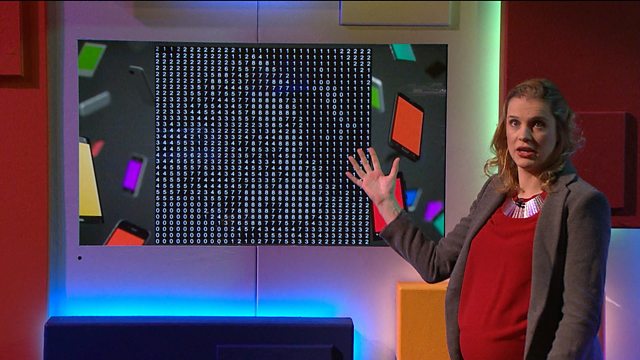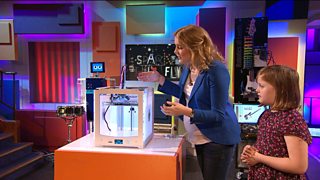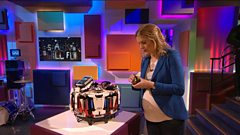
How digital cameras work
Professor Danielle George explains how a digital camera鈥檚 CMOS sensor captures an image, using balls and buckets to represent photons, electrons and capacitors in an interactive demonstration with 4 children. The demonstration shows that when a photon of light hits a pixel, the pixel releases an electron, which is stored by the capacitor. The more light that hits the pixel, the more electrons are released, and so the amount of charge in the capacitor is a measure of how bright that part of the image is. This measurement from the capacitor is then used to tell the image generator how bright that pixel should be. The demonstration shows how 4 children represent 4 pixels in a large image.
Duration:
More clips from Highlights
-
![]()
How LED Screens work
Duration: 03:42
-
![]()
Touching virtual objects
Duration: 04:00
-
![]()
Rubik鈥檚 cube solver
Duration: 02:37
-
![]()
The uses of 3D printing
Duration: 04:25









